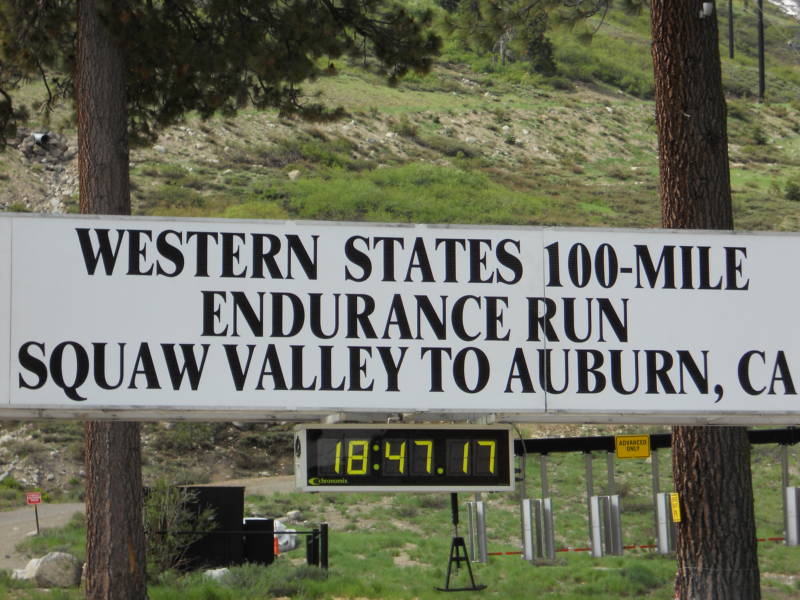On the details of the transgender entrant policy:
The policy for transgender runners only comes into play for a transgender woman who places in the top 10 men and top 10 women or if a transgender woman is an age group winner. In that case, if somebody challenges the runner, then we can ask the transgender runner for documentation just to see that they have undergone supervised hormone therapy treatment for one year.
If someone is challenged and they do not meet our requirements for the one year of therapy, they have to return any age group award that they receive, but they get to keep their buckle so they are still considered finishers and they keep their buckle. The reason for that is because we wanted to make clear that this wasn't to be a punishment like with a doping violation or if there was some other type of rule violation where the runner would lose their buckle wouldn't be listed in the finishers.
On using transgender policies from other races to help craft its policy:
Actually there's a website that has all the policies from around the world. So that was very helpful. Most of them are policies that apply in the context of like a recreational league or the Olympics or colleges where people register ahead of time and have medical documentation that they submit. So our context was different. We really wanted to be as hands off and as unintrusive as possible and really have a live and let live attitude.
So from all those policies we adopted a policy that we accept at face value what people register as and then we. But to protect fair competition for people who are winning awards in the top 10 or age group winners, that is where the the the hormone therapy requirement comes into play.
On the response to the policy so far:
When we posted it on our website, we got a lot of comments. I would say for the most part they were very positive and supportive and felt it was fair, and I think that really reflects the running community in general especially at an event like Western States. You know, there are few (runners) who are competing for the top 10 spots, but otherwise most people are really just out there doing their own thing, whether it's to break 24 (hours) or to get a bronze buckle by breaking 30 (hours) or somewhere in between. There were some negative comments, but I don't think it's reflective of the running community in general.
On what message the race wants to send with the policy:
I think the main thing that we wanted to get across was that transgender runners, like everyone else, they're welcome to run at our race. We wanted to be inclusive, and we also wanted to be fair for competition, which is why we do have the requirement about hormone therapy. And I think in talking to Grace (Fisher) and others, that they do appreciate having a policy so that there isn't any ambiguity or confusion or anything else.

